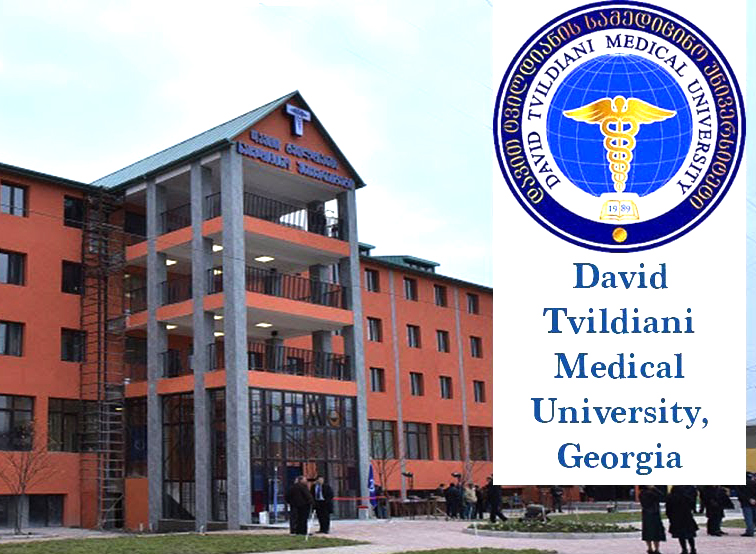Actinomycosis is an infectious bacterial disease caused by Actinomyces species such as Actinomyces israelii or A. gerencseriae. It can also be caused by Propionibacterium propionicus, and the condition is likely to be polymicrobial aerobic anaerobic infection.
Signs and symptoms
The disease is characterized by the formation of painful abscesses in the mouth, lungs, or gastrointestinal tract. Actinomycosis abscesses grow larger as the disease progresses, often over months. In severe cases, they may penetrate the surrounding bone and muscle to the skin, where they break open and leak large amounts of pus. The purulent leakage via the sinus cavities contains "sulfur granules," not actually sulfur-containing but resembling such particles. These granules contain progeny bacteria.
Treatment
Actinomyces bacteria are generally sensitive to penicillin, which is frequently used to treat actinomycosis. In cases of penicillin allergy, doxycyclin is used. Sulfonamides such as sulfamethoxazole may be used as an alternative regimen at a total daily dosage of 2-4 grams. Response to therapy is slow and may take months. In some cases of actinomycosis, minor surgery may be required to repair the damaged tissue and to drain pus out of the abscesses.
Types of actinomycosis
In theory, actinomycosis can develop almost anywhere inside the tissue of the human body. But the condition tends to affect certain areas of the body and can be classified into four main types:
oral cervicofacial actinomycosis
thoracic actinomycosis
abdominal actinomycosis
pelvic actinomycosis
These are described below.
Oral cervicofacial actinomycosis
Oral cervicofacial actinomycosis is where the infection develops inside the tissue of the neck, jaw or mouth. Most cases are caused by dental problems, such as tooth decay.
Oral cervicofacial actinomycosis is the most common type of actinomycosis and accounts for an estimated half of all cases.
Thoracic actinomycosis
Thoracic actinomycosis is where the infection develops inside the lungs or associated airways. It is thought that most cases of thoracic actinomycosis are caused by people accidentally inhaling droplets of contaminated fluid into their lungs.
Thoracic actinomycosis accounts for an estimated 15-20% of cases.
Abdominal actinomycosis
Abdominal actinomycosis is where the infection develops inside the abdomen (tummy). This type of actinomycosis can have a range of potential causes. It can develop as a secondary complication of a more common infection, such as appendicitis, or after accidentally swallowing a foreign object, such as a chicken bone containing the actinomyces bacteria.
Abdominal actinomycosis accounts for an estimated 20% of all cases.
Pelvic actinomycosis
Pelvic actinomycosis is where the infection develops inside the pelvis (the bony structure that includes the hip bones). Pelvic actinomycosis usually only occurs in women because most cases are caused when the actinomyces bacteria are spread from the female genitals into the pelvis.
It is thought that most cases of pelvic actinomycosis are associated with the long-term use of the intrauterine device (IUD) type of contraceptive, which is often referred to as the coil. The coil is a T-shaped device that fits inside the womb.
Pelvic actinomycosis accounts for an estimated 10% of all cases.






